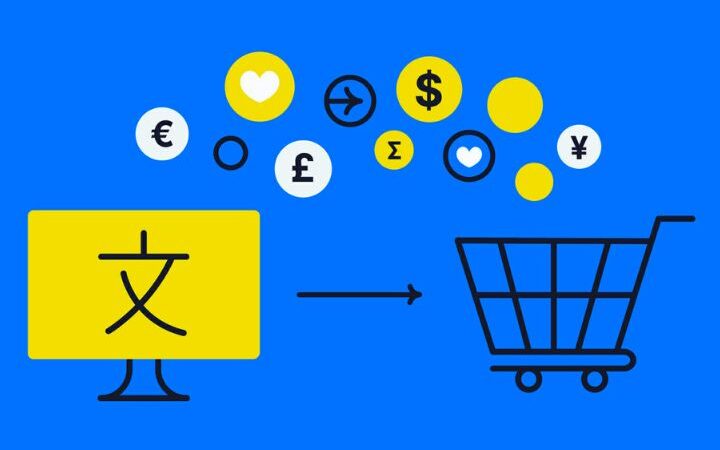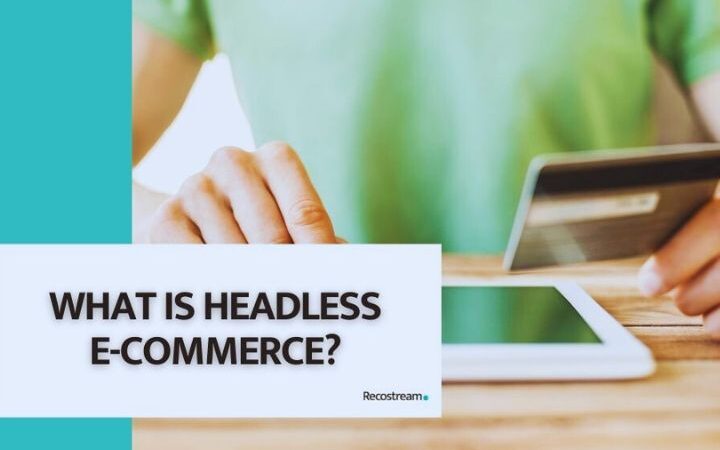The Right Pricing Strategy | Pricing Decisions Are Difficult

Right Pricing Strategy : Business owners, directors, officers, and managers create value by making good decisions. Some are creative decisions, some have to do with the interpersonal realm, and many of them are quantitative in nature and have to do with money. There are many decisions to be made in managing a business, but without a doubt, of all of them, none is more important than the one to be made about how much we are going to charge for our products or services.
Pricing decisions are both art and science. They require qualitative and quantitative information so that by integrating both sources, the objective of optimizing the value captured for the company is fulfilled. But whether it’s art or science, it’s a proven fact that after a pricing decision has been made, no one is happy with it.
Table of Contents
The Pricing Strategy: Three Bad Habits
Pricing strategy is the area of marketing that managers are most insecure about. The reason for this insecurity is the feeling that “whatever we do, we are always in a position to lose something”.
If we set prices too low we lose margin and if we set prices too high we lose customers. That is the question: lose margin or lose customers.
What actually happens is that there is no “pricing strategy”, but rather a “pricing mechanism” made up of a series of automatically applied rules. In our experience, these rules are inspired by three well-established (bad) habits.
1. Apply the markup!
The most widespread way of setting prices is to mark a percentage of the cost of the product. It is fast, simple, and easy to implement in the case in which we are managing product portfolios with a large number of references. However, it is dominated by a hypothesis that today is making water everywhere: that the predisposition of a consumer to pay a certain price for a certain product is fundamentally related to the cost of producing it.
2. The curse of the “factory that cannot stop”
One of the most destructive pricing strategies I know of is setting the price to saturate the volume of the production floor. The arguments are quite simple:
- First: if the plant stops, we lose a lot of money. Therefore, let’s apply the price that is necessary so that the plant does not stop.
- Second: the more volume we manufacture, the more money we make. Therefore, the price that leads us to produce the maximum volume of the plant applies.
3. Defend market share!
Why is little time and effort spent on designing a pricing strategy?
- In the first place, because it is a complex process that requires a lot of information and the participation of a good number of people.
- Secondly, in general, some companies lack a valid conceptual scheme to do so. Without a clear guide that orders the process, it can become overwhelming.
- Third, inertia is a powerful force. Even when we suspect we are leaving some money on the table, changing pricing is always risky out of sheer fear of the hole getting bigger.
What is the value unit?
In its most basic form, it is the description of what you are charging for. MacDonald’s may sell hamburgers, but its unit of value is closer to a full menu than to each unit of product it sells, be it hamburgers, fries, or soft drinks.
When correctly defining a unit of value there are two fundamental principles:
- Is the value unit aligned with the consumer’s need?
- Is the value unit easy to understand?
Analysis of reference prices.
- What is the reference price for our product?
- To what extent are our customers aware of our competitors’ prices?
- To what extent can customers vary their decisions based on future expectations
- about the price?
- Are there different reference prices for each consumer segment?
Analysis of the comparison process.
- Is it easy to make price comparisons in this market?
- Is the product so complex or so wide in possibilities that price comparisons are not easy to make?
- Do customers have enough experience with the different providers to use this experience as a reference for future purchases?
Analysis of Change Costs.
- To what extent are customers trapped (economically or psychologically) by any particular alternative in the market?
- Does this situation have any time limitations?
Analysis of the quality-price ratio.
- Is the price an element that clearly describes the quality of the product?
- What is the price below which the product begins to be of suspect quality?
- Does the quality of the product improve when a price threshold is exceeded?
- What proportion of the price differential is attributable to the brand?
Expenditure effect analysis.
- How important is the proportion of spending of each client on our product in relation to their income?
- Can we establish a segmentation taking into account the above?
Analysis of the final benefit.
- What is the final benefit that customers are looking for when they pay for our product?
- What is the proportion in which our product satisfies the final benefit that
What are customers looking for?
Analysis of the moment of entry effect
- What has been the evolution of the price of our product and those of reference?
- Can our pricing policy harm the first buyers or the last ones?
- What is the responsibility of the commercial network on the price?
If the sales team is paid by volume and they don’t have the ability to alter the price, it will become a constant enemy. If the sales force has the ability to act on the price, and is paid by the volume, then pray that the real price will always be below the target.






